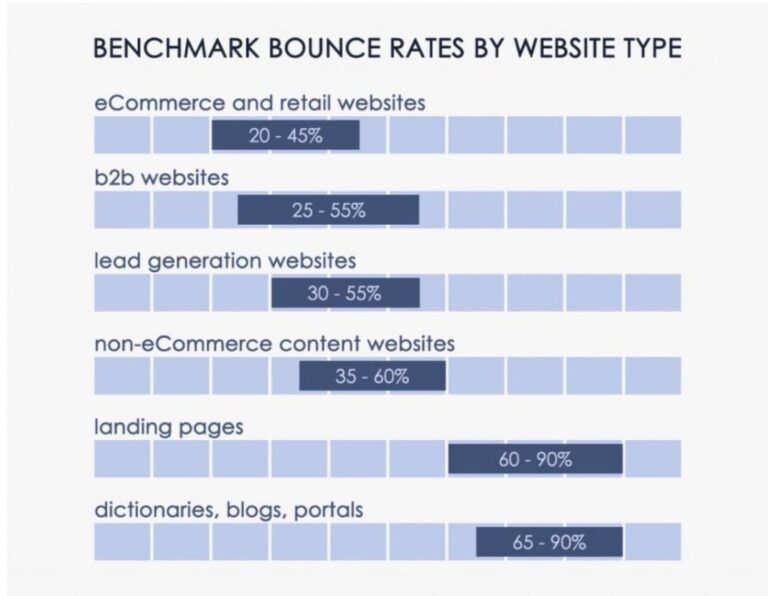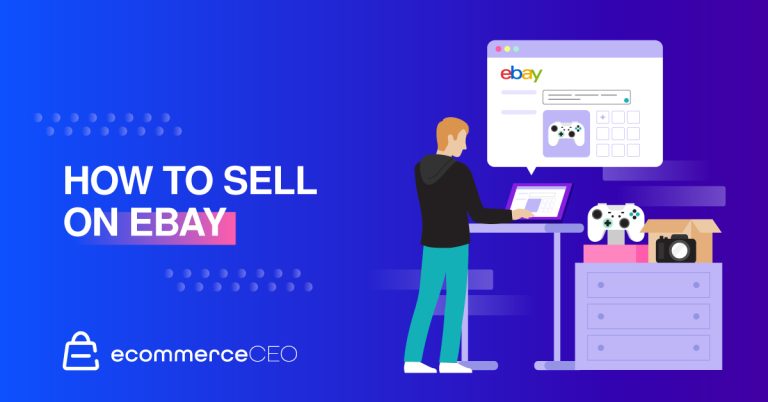A third of households with $200,000-plus income made their first high-end purchase online during the pandemic, according to Salsify 2021 Consumer Research Report.
It’s essential for companies to have a clear digital strategy in place to compete and scale out their omnichannel sales approach to target the correct demographic of online shoppers as these shoppers explore the digital shelf.
First-Time Luxury Buy Story
What influences shoppers to buy luxury items online? We interviewed Ana Sofia Camacho, product manager at Salsify, to learn more about her luxury ecommerce journey.

Luxury Ecommerce Navigating the New Normal
Before the COVID-19 crisis, ecommerce accounted for 10% to 12% of luxury sales worldwide, with luxury brands adjusting their marketing strategies to the rise of millennial shoppers, according to Boston Consulting Group.
In FY2019, the top 100 luxury goods companies’ revenues generated a total of $281 billion, up from $266 billion in the previous year, reports Deloitte.
A recent Luxury Institute report, “State of the Luxury Industry 2020, “reveals that consumers within the top 10% of household incomes spent more on luxury purchases in 2019 than the year before.
However, the predicted growth of the U.S. luxury market quickly dissipated. Chinese consumers, who had been contributing to 35% of all luxury sales, halted their purchases due to the pandemic’s travel restrictions. Analysts at Bain & Company predicted that global luxury sales would decline between 25% and 30% in 2020 as a result of COVID-19, and indeed that proved to be true.
In reality, according to Reuters, global luxury sales dropped 23% to $265 billion during the pandemic due to the tourism halt and closure of physical stores, the largest decline since the economic crisis in 2009.
There’s pressure for the next two years to be vital for the future success of luxury brands, with Boston Consulting Group predicting that by 2023, sales in most categories will return to pre-pandemic levels. Therefore, you and your brand should follow these tactics to win online in the luxury goods market.
Target the Right Demographics When Selling Luxury Goods Online
Younger consumers are the future players of the luxury goods industry; Deloitte predicts millennials and Gen Zers will account for half of all global personal luxury ecommerce sales by 2025.
Deloitte reports high-earners-not–rich-yet (HENRYs) — purchasers around 43-years-old, who earn between $100,000 and $250,000 annually — are likely to become some of the wealthiest members of society even sooner.
Going forward, luxury brands must adjust their messaging to meet the buying behaviors of HENRYs, millennials, and Gen Zers.
HENRYs are likely to become the “big spenders” online in the coming years and will rely more heavily on social media and digital technology to make their purchasing decisions. Therefore, securing a strong relationship with these customers is vital to luxury brands’ success.
Provide Personally-Relevant Images That Inspire Buyers
More than 82% of Gen Zers in the U.S., those ages five to 25, decide what to buy during the inspiration stage of the purchase journey.
Salsify found that shoppers, no matter their income, are 51% “very likely to buy” when there are personally relevant images, videos, text, and reviews on a product page. The more data and research materials that are available, the better.
To secure a strong relationship with these new generations of shoppers, optimize your product detail pages (PDP) with these generations’ core values such as the use of sustainable raw materials, social responsibility, and fair and equitable pay.
For example, the luxury fashion industry has placed itself at the forefront of new “green technologies” and sustainability by emphasizing cultural themes and fair employment practices in its targeted messaging.
According to the 2019 Deloitte Global Powers of Luxury Goods Report, Chanel has invested in Evolve by Nature, a company that creates high-performing textiles from liquid silk, providing a natural alternative to the toxic chemicals often found in manufactured goods.
Explore Opportunities in the Luxury Resale Market
According to a recent Forbes article, millennials buy secondhand items online because they value sustainability, conscientious consumption, and there’s a growing trend of the prestige of owning vintage goods.
According to ThredUp, one of the world’s largest online consignment and thrift stores, it’s important for luxury brands to start investing in the online resale market as it’s growing 21 times as fast as the broader retail sector.
In addition, Boston Consulting Group reported during the pandemic that the market for secondhand hard luxury items — specifically watches and jewelry — is worth about €21 billion worldwide and growing at 8% a year, faster than the luxury industry overall.
However, brands shouldn’t fear quite yet. Just because Gen Zers’ core values are the driving force behind the secondhand luxury market doesn’t mean they aren’t buying new items.
Brands should explore new marketing strategies to sell their secondhand goods that complement the sales of new goods. For example, linking products to other luxury ecommerce sales channels such as Instagram can help brands reinforce their values of sustainability and make new products accessible to new consumers.
Also, brands that promote the idea of making deals and bargains help drive the sale of luxury products to millennials and Gen Zers, as they place increasing attention to resale value and treating luxury goods as long-term investments.
Use AR and Other Digital Tech to Provide Virtual Try-On Experiences
New live streaming services and pandemic-driven digital innovations have allowed luxury fashion brands to create a strong omnichannel presence and strengthen relationships with their customers.
For example, according to Deloitte, Gucci developed a new app during the pandemic that allows shoppers to utilize augmented reality (AR) for virtual try-on and virtual “interior decorating” capabilities. They also launched Spotify playlists for customers to play while cooking in quarantine.
Implementing targeted messaging and digital experiences as well as offering inclusive yet individualized rich product content that endorse key consumers’ core values, including the demand for sustainable practices, will enable luxury brands and retailers to build a long-lasting relationship on the digital shelf with the HENRYs, millennials, and Gen Zers.
Prioritizing digital and planning for younger shoppers is vital to the success of your luxury brand’s future.
The U.S. luxury goods market has challenges ahead. Therefore, it’s more important than ever for luxury brand leaders to ensure they have the right digital process in place to successfully reach the continuously changing needs of their customers: millennials, HENRYs and Gen Zers.
If 86% of consumers are willing to pay more from a brand they trust, each page must showcase product quality.
Download the complete 2021 Salsify Consumer Research Report to learn the top 10 ways to improve your product page.






![[Guest Blog] How to Reduce E-Commerce Returns This Holiday Shopping Season](https://thegateway.net.au/wp-content/uploads/2021/03/guest-blog-how-to-reduce-e-commerce-returns-this-holiday-shopping-season.jpg)
